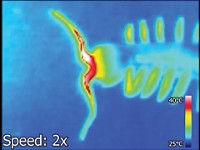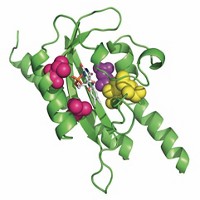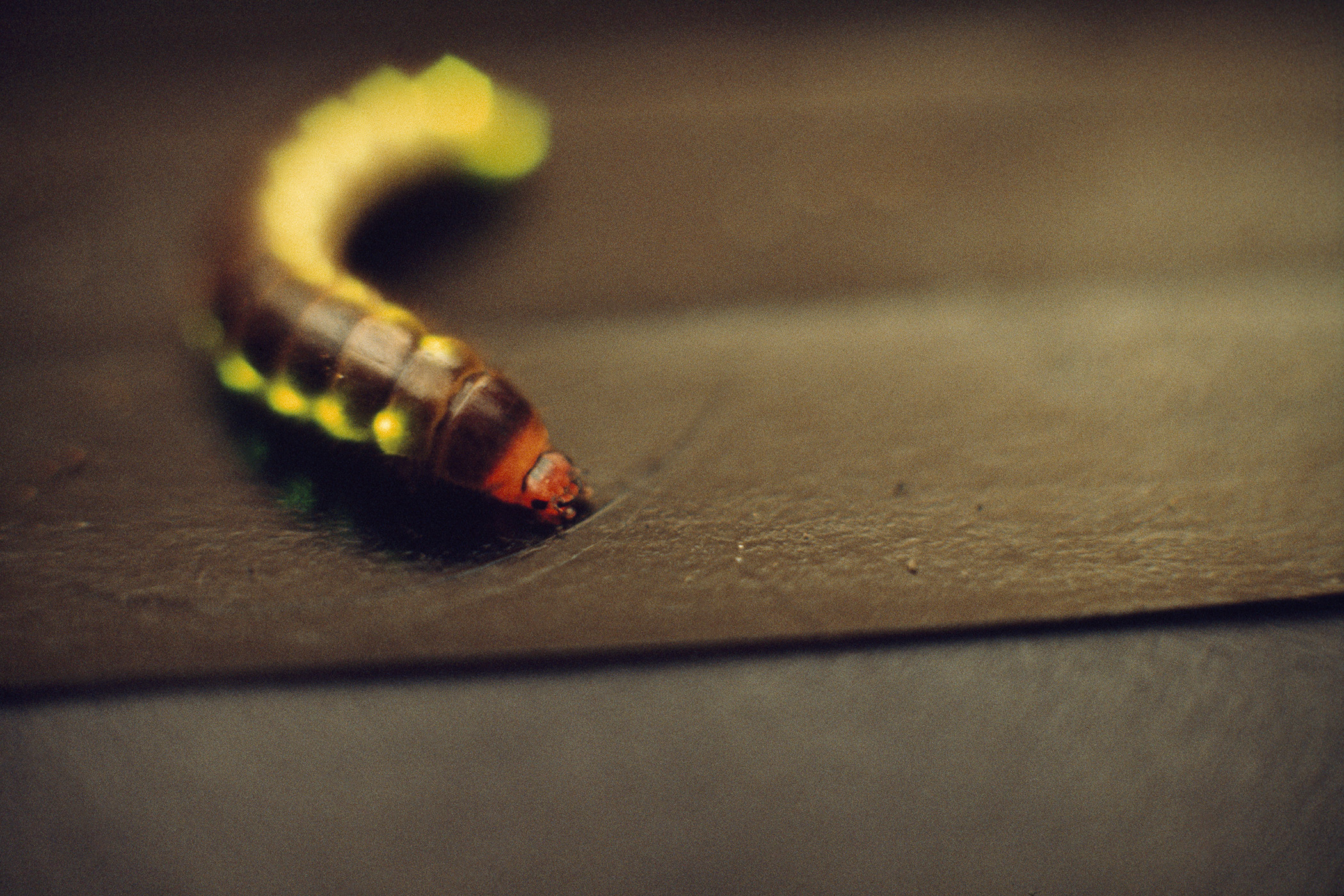Advertisement
Grab your lab coat. Let's get started
Welcome!
Welcome!
Create an account below to get 6 C&EN articles per month, receive newsletters and more - all free.
It seems this is your first time logging in online. Please enter the following information to continue.
As an ACS member you automatically get access to this site. All we need is few more details to create your reading experience.
Not you? Sign in with a different account.
Not you? Sign in with a different account.
ERROR 1
ERROR 1
ERROR 2
ERROR 2
ERROR 2
ERROR 2
ERROR 2
Password and Confirm password must match.
If you have an ACS member number, please enter it here so we can link this account to your membership. (optional)
ERROR 2
ACS values your privacy. By submitting your information, you are gaining access to C&EN and subscribing to our weekly newsletter. We use the information you provide to make your reading experience better, and we will never sell your data to third party members.
Photosynthesis
Scientists study plants’ sunblock switches
At the ACS fall virtual meeting researchers said learning to flip these switches could increase food production
by Sam Lemonick
August 19, 2020
| A version of this story appeared in
Volume 98, Issue 32

Plants need sunlight, but they can get sunburned just like people. Too much light can produce reactive oxygen species that will damage a plants’ cells. Researchers have found the molecular switches that plants use to shed excess light energy, and now they’re figuring out how to control those switches to make crops more productive.
At the ACS Fall 2020 Virtual Meeting, Gabriela S. Schlau-Cohen of Massachusetts Institute of Technology described what she and colleagues have learned about how plants dissipate excess light energy as heat, a process called non-photochemical quenching (NPQ).
By closely examining plant protein complexes, researchers already had some insight into the workings of NPQ. The protein LHCSR (light harvesting complex stress-related) binds to chlorophyll molecules and carotenoids. Light energy absorbed by chlorophyll can be shed as heat by the carotenoids, preventing sun damage. Schlau-Cohen and Roberto Bassi of the University of Verona previously found that changes in pH, and changes in the ratio of two different carotenoid molecules, trigger NPQ (Nature Chem. 10.1038/nchem.2818 and Proc. Natl. Acad. Sci. 2019, DOI: 10.1073/pnas.1821207116).
Now, Schlau-Cohen, Matteo Ballottari of the University of Verona, and colleagues have located the regions of LHCSR they think are responsible for the pH- and carotenoid-dependent quenching, as well as a pH-sensing region of the protein (bioRxiv 2020, DOI: 10.1101/2020.07.10.197483). The work is not yet peer reviewed. In a Division of Physical Chemistry presentation, Schlau-Cohen explained that the discoveries wouldn’t have been possible without single-molecule spectroscopy, which allowed the researchers to see both quenching processes happening in individual LHCSRs. From their data, they determined that the pH switch responds to quick changes in light intensity, like a cloud passing overhead, while the carotenoid switch reacts to gradual changes like sunrise.
Plants only use about 30% of available light before quenching mechanisms switch on, but researchers think plants could push to 40% without damaging themselves. Schlau-Cohen and others hope to use these structural insights to make plants grow more food or to boost algal biofuel production. These complexes are found in green algae and mosses. University of California, Berkeley, biologist Krishna K. Niyogi says it remains to be seen if the group’s findings can be used to control higher light usage in plants.
Correction
This story was updated on Aug. 19, 2020, to clarify the interactions between the protein LHCSR and chlorophyll and between LHCSR and carotenoids. The protein binds to those molecules rather than adsorbing them.





Join the conversation
Contact the reporter
Submit a Letter to the Editor for publication
Engage with us on Twitter